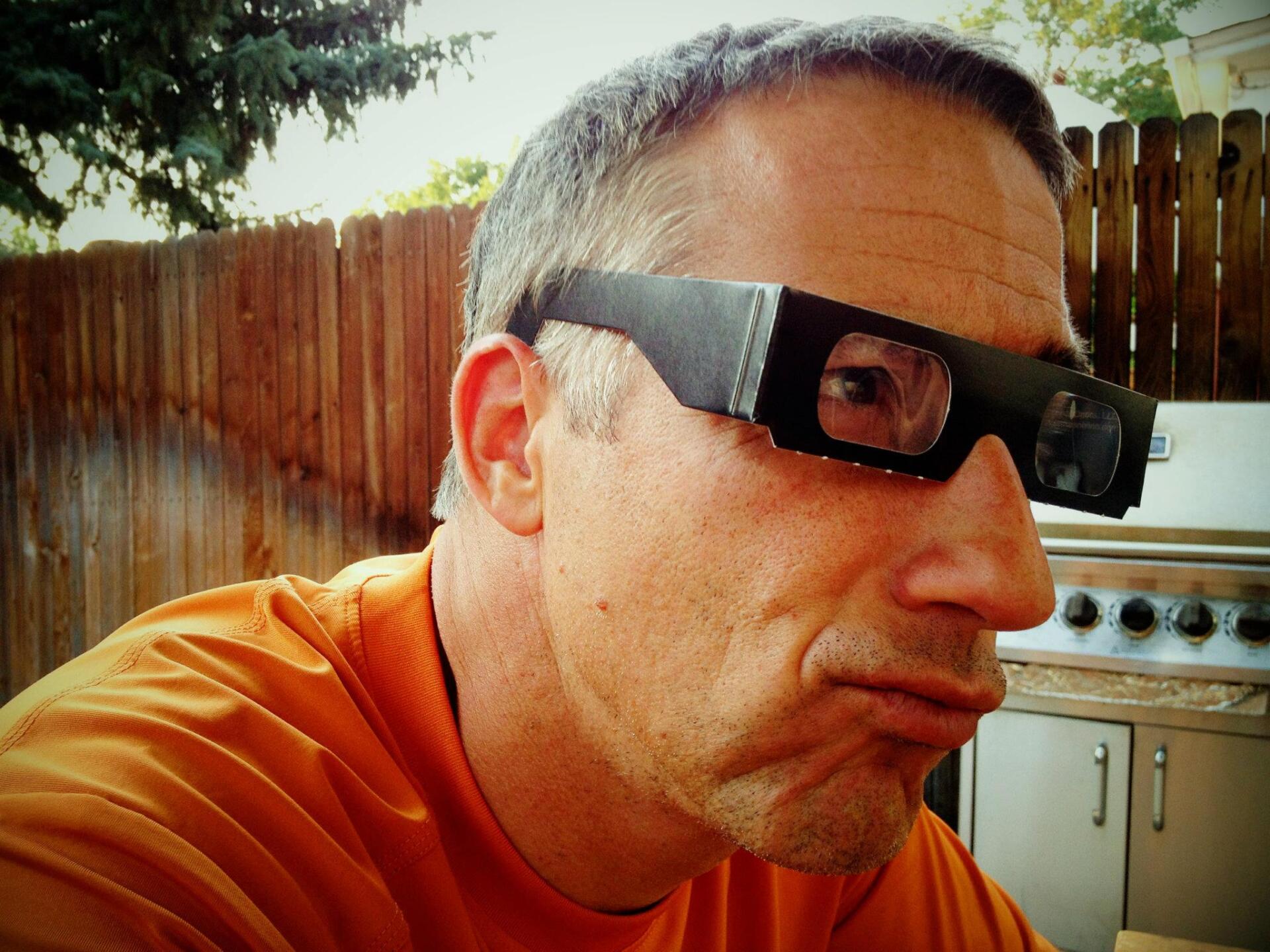The Ridiculous Things Tom Says
What did he say this time?

If you've ever had the extraordinary pleasure of working out with me, you've undoubtedly heard me say things that seem to be pure non-sensical gobbledygook. But then, after letting the gibberish sink in, you realize that it's genuine scientific and poetic brilliance. 😜
It's estimated that the words we utter make up only 7% of how we communicate. The other 93% is made up of tone of voice (38%) and body language (55%) - this according to research done in the 1960s by Albert Mehrabian reported in Psychology Today. The article goes on to say that context, clusters, and congruency may also influence this.
The point is, words only matter up to a point. So, why not make the words memorable and fun? Even though the words and expressions - maxims if you will - sound ridiculous, there's actually some valid exercise science behind all of it.
So, this is just to introduce a series of posts - some short, some not-so-short - of the goofy sh*t that comes out of my mouth sometimes.
Just type shittomsays in the search bar at the top of the blog to see all the posts - if you even care.
#shittomsays
You might also enjoy these posts . . .







